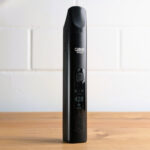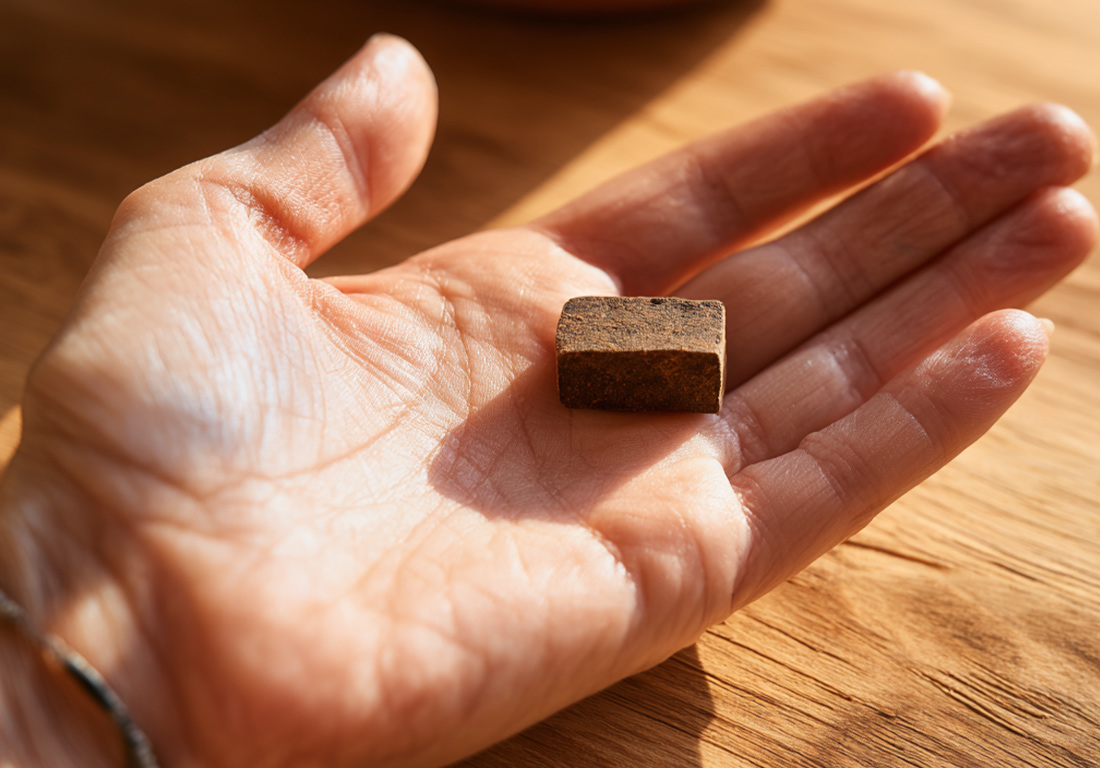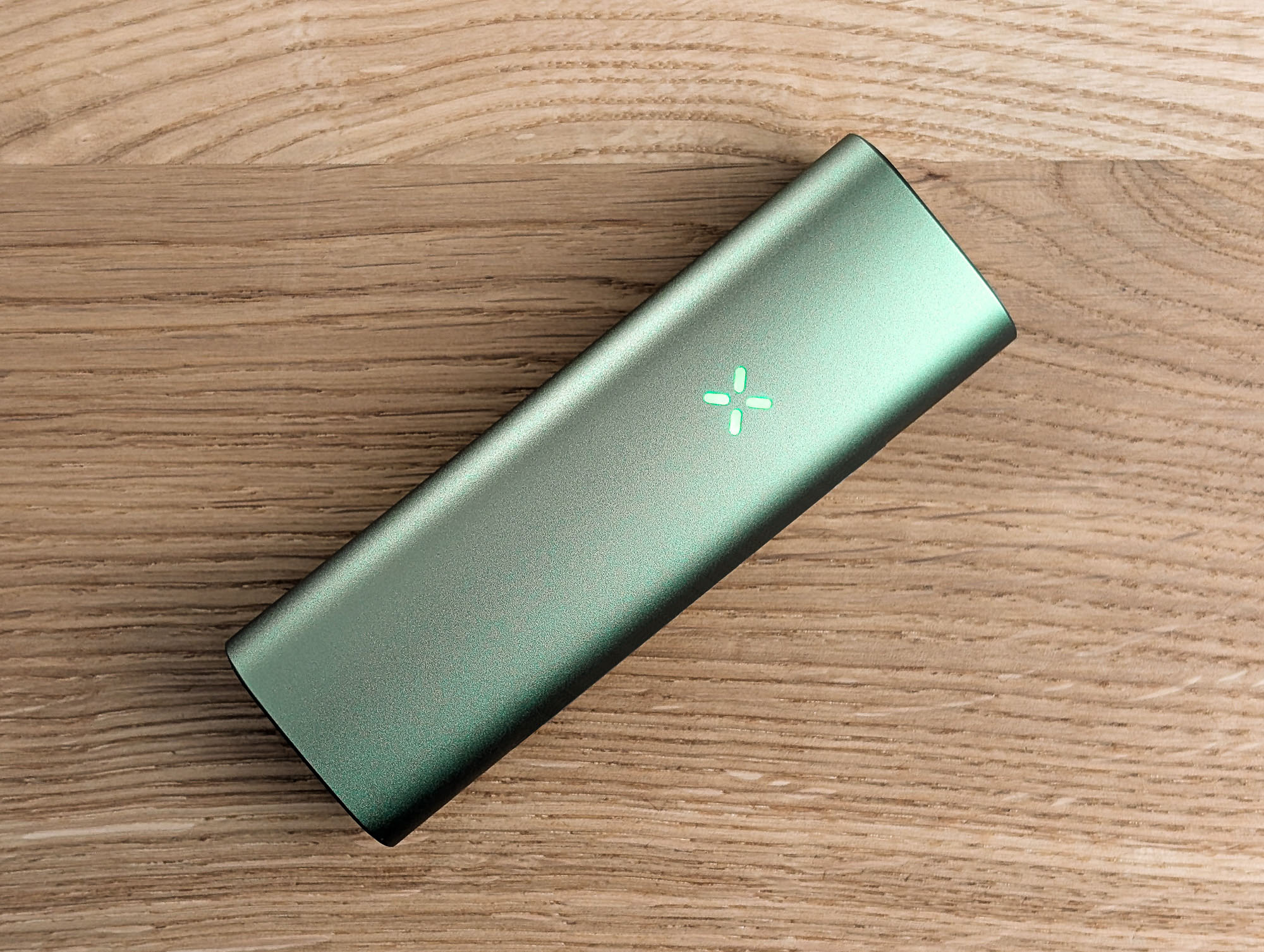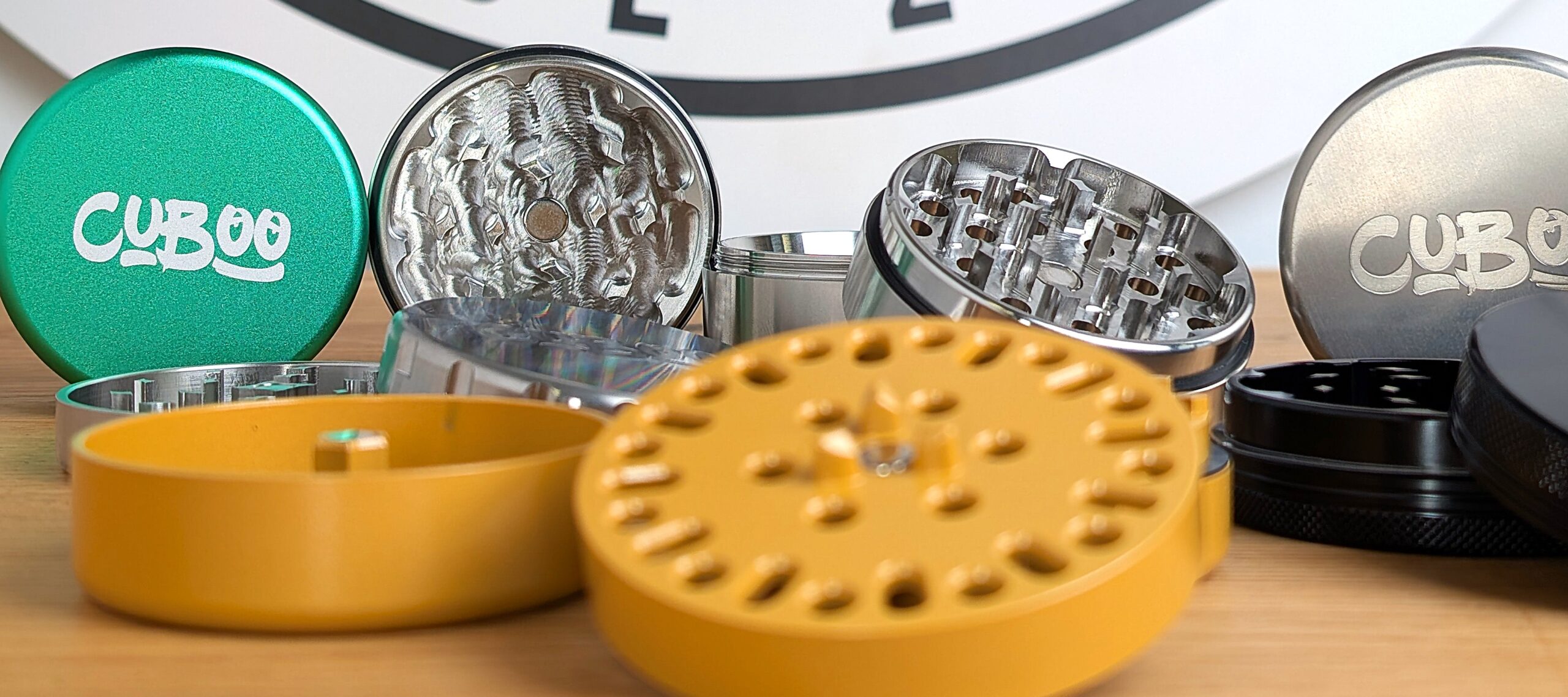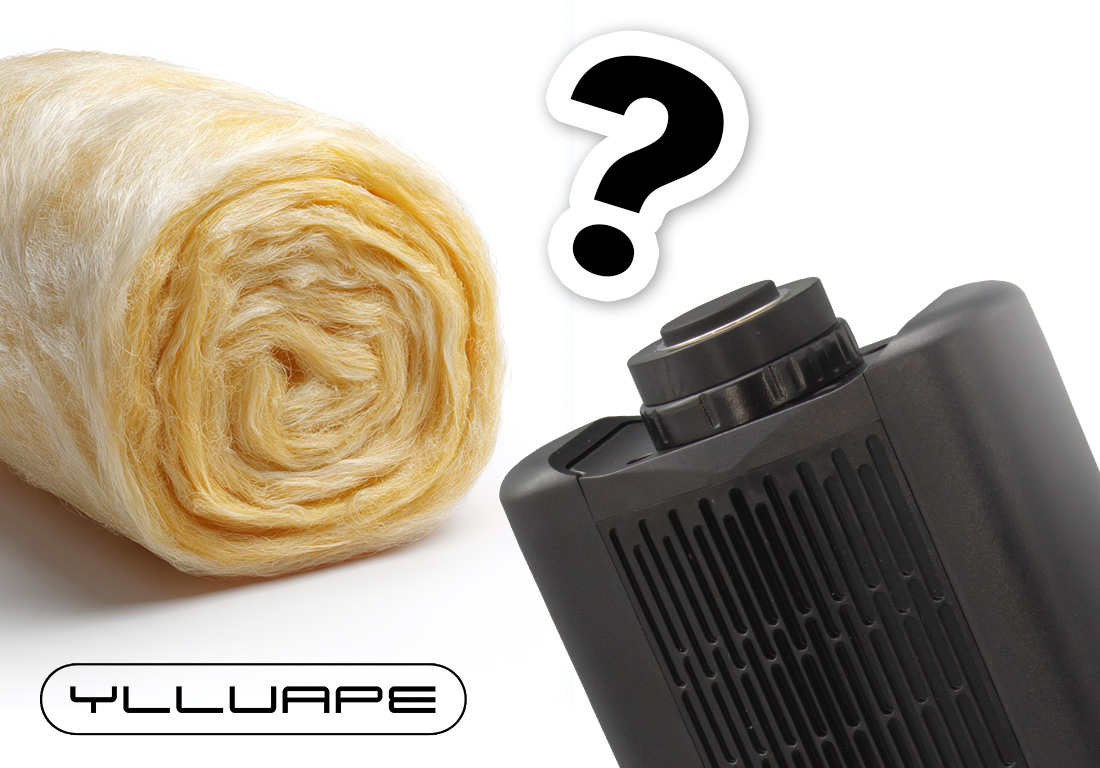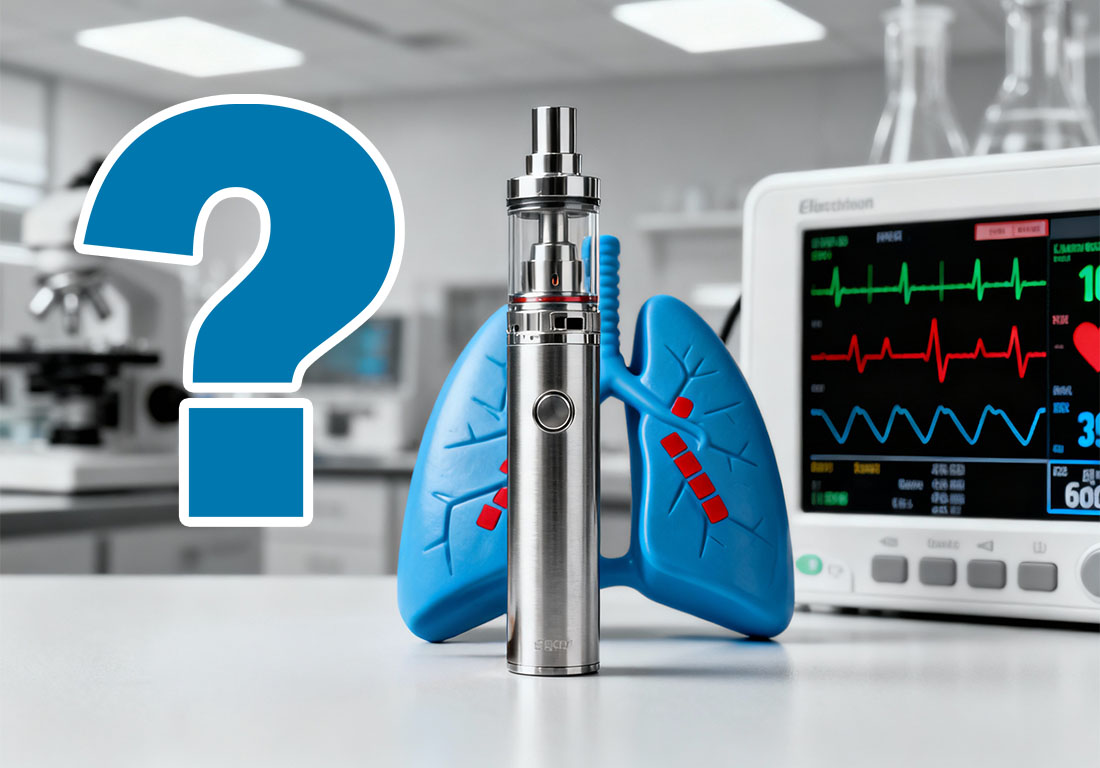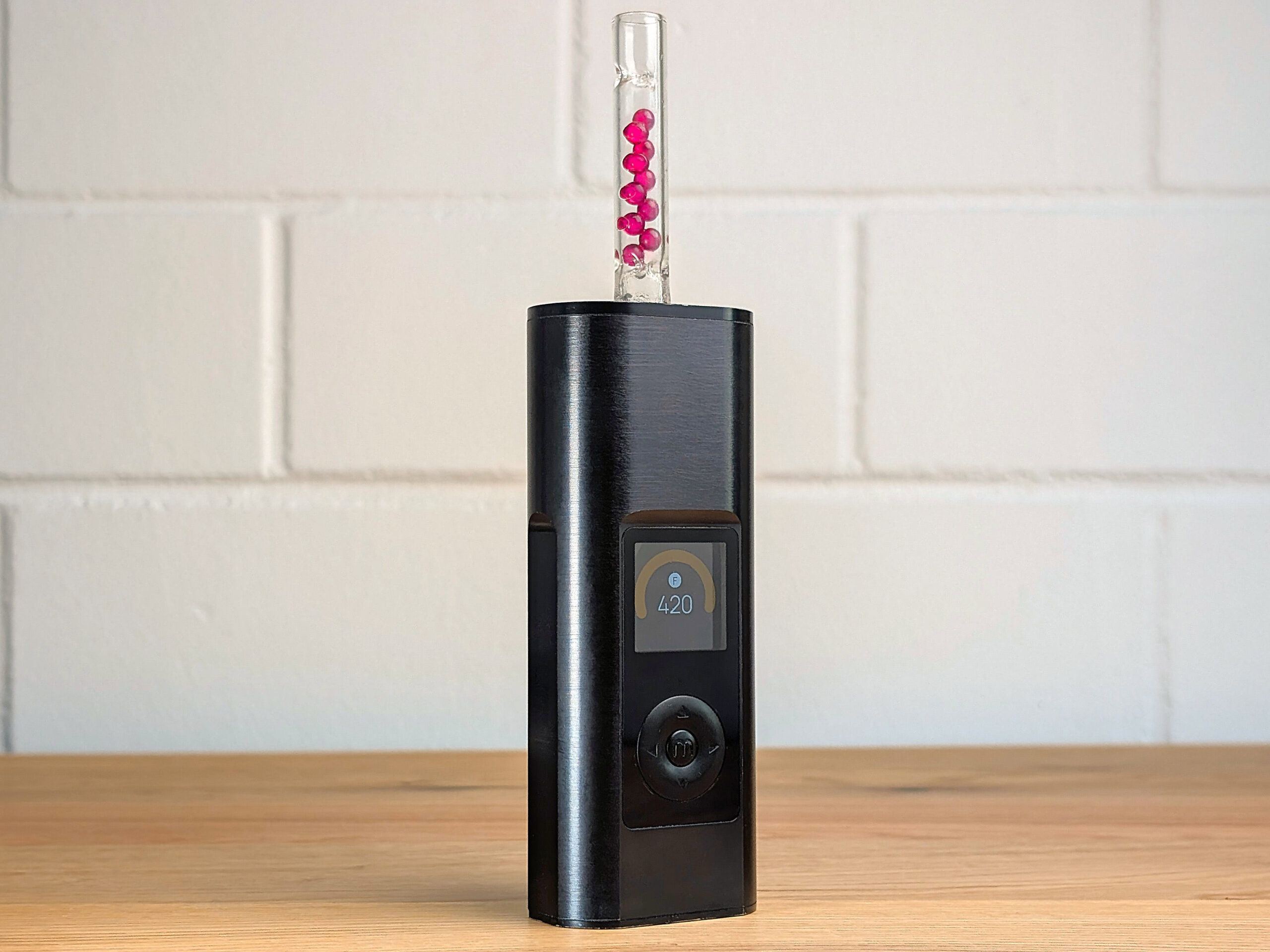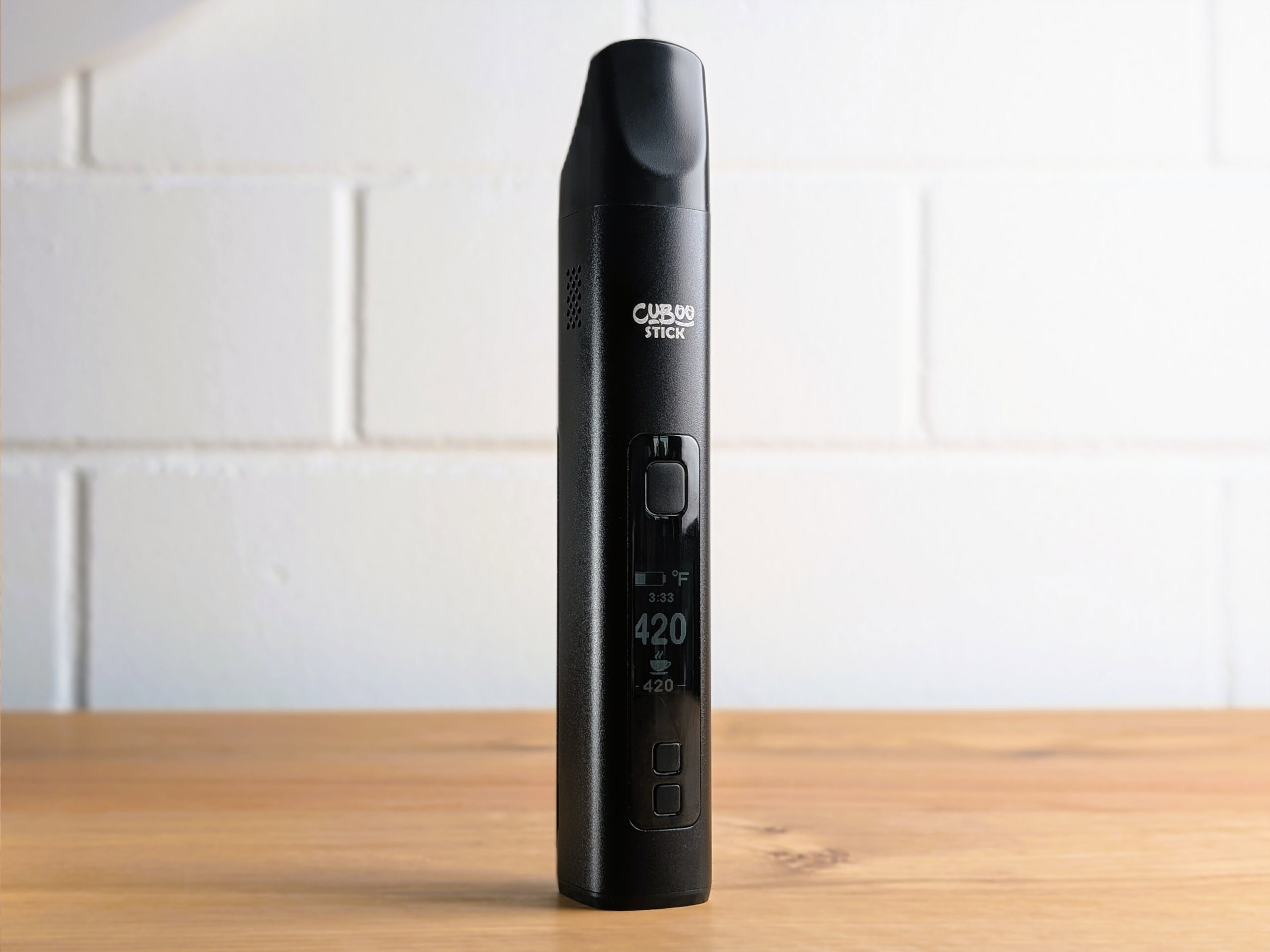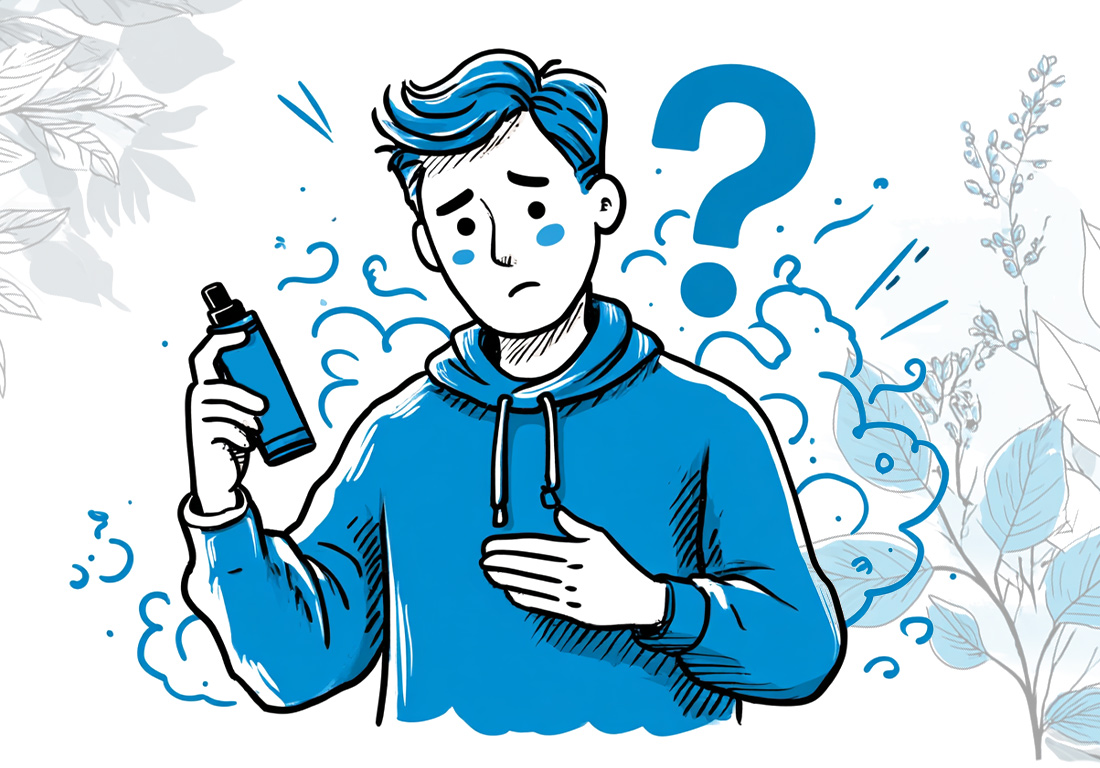Inhaltsverzeichnis
Want to Get More Vapor from Your Vape? Here’s How!
You’ve just unboxed your new vaporizer, carefully read the manual, fully charged it, sterilized it, and now you’re ready to go. A few herbs into the chamber, turn it on, wait for it to heat up to your preferred temperature, and take a draw:
No vapor comes out… What’s going on?
First, it’s important to understand that a dry herb vaporizer doesn’t produce the same thick clouds as an e-cigarette or a traditional joint.
A big part of the vaporizing experience comes from the effect, flavor, and aroma rather than dense clouds.
Try adjusting your expectations accordingly – only then can you objectively evaluate your device and its effects.
Less Vapor Doesn’t Mean Less Effect
Make sure you’re using a high-quality vaporizer – only then will the following tips truly make a difference.
But first, a quick fundamental note:
A vaporizer doesn’t necessarily need to produce visible vapor to extract active ingredients effectively. As long as you can taste the herbs and the device heats up properly, it’s likely working fine. Depending on the herbs you’re vaporizing, the amount of visible vapor will vary. When it comes to cannabis, the vaporizer can even act as a quality indicator — the better the herb, the more active compounds are released, and the more vapor you’ll see.
Other herbs such as peppermint or hibiscus produce little to no visible vapor — but the vaporizer still extracts their active ingredients (and yes, they taste great!).
A quick note for smokers:
Vaporizers generally produce far less vapor than a cigarette creates smoke. That can feel strange at first. The effects also tend to set in more gradually and are usually clearer and smoother than when smoking. Don’t let that confuse you — it’s completely normal.
Want to Improve Vapor Production? Our Hot Tips:
Vaporizer Temperature
The temperature you set on your vaporizer has a huge impact on both the amount and type of active compounds released. The higher the temperature, the more complete the extraction. For cannabis, we generally recommend a range between 180 °C and 220 °C, depending on the device.
Start around 180 °C, take a few draws, stir your herbs, then raise the temperature by about 10 degrees. This helps extract more active ingredients and increases vapor production. You can repeat this process up to around 220 °C.
All other herbs have their own ideal temperature ranges, which you can set accordingly. We’ve put together a temperature guide for the most common vaporizing herbs to help you out.
Chamber Fill Level
Conduction vaporizers like the Starry V4 or DaVinci IQ2 perform best when the herb chamber is filled completely. You can gently tamp down the material. If you prefer smaller loads, consider using a chamber reducer.
For convection vaporizers such as the Firefly 2+ or Venty, you shouldn’t pack the herbs too tightly — airflow is key for even heating. Never overfill the chamber, as this will restrict the airflow and reduce performance.
Herb Grind Size
The finer your herbs are ground, the more surface area is created for vaporization. But don’t grind them too fine — the material should still be nice and fluffy. Most vaporizers can also handle whole buds, which usually produce less vapor but deliver a better flavor.
Every vaporizer has its own characteristics, so the best way to find the ideal grind size is by experimenting. For consistent results, we recommend using a good grinder.
Type of Herbs
As mentioned earlier, the type of herb you use has a big impact on vapor production. Peppermint, for example, produces almost no visible vapor but has an intense flavor. We recommend simply trying different herbs to see what works best for you.
Herb Quality
Even the best vaporizer can only perform well if your herbs actually contain active compounds. Unlike smoking, where poor-quality material still creates a lot of smoke, vaporizing depends directly on the potency and freshness of your herbs.
Moisture Content of the Herbs
The moisture level of your herbs plays a key role in vapor production. If they’re too moist, your vaporizer has to spend extra energy drying them before it can release the active ingredients. This reduces performance and vapor density.
The opposite extreme isn’t ideal either: overly dry herbs vaporize quickly but often contain fewer active compounds. They also tend to crumble easily and can clog the screens more quickly.
As with most things, the best results lie in the golden middle. Perfectly hydrated herbs offer richer flavor, more even extraction, and better vapor production.
💡 Tip: With trusted Boveda humidity packs, you can easily keep your herbs fresh. They automatically regulate the humidity to the optimal level, ensuring your herbs don’t dry out or become too moist.
Draw Technique (sip or rip)
We especially recommend taking long, slow draws when using convection vaporizers. This gives the device more time to extract the active compounds. After each draw, take a short pause so the vaporizer can rebuild enough heat. Conduction vapes, on the other hand, work well for “sipping” (short, gentle puffs). Try experimenting with different variables — draw technique, length, and intensity — to find what works best for you.
TIP: After your vaporizer has reached the set temperature, wait a few extra seconds before taking your first draw. This allows more heat to build up and leads to denser vapor and stronger extraction.
Cleaning
For optimal performance and tasty vapor, your device should be cleaned and maintained regularly. Check out our detailed cleaning guide for tips on keeping your vaporizer in top condition.
Try using a water filter
A water filter can help boost vapor production because it allows you to use higher temperatures and draw larger volumes of air. Many manufacturers offer compatible devices or adapters for this purpose.
Bonus: All of these factors influence vapor production — but as mentioned earlier, it all starts with the right vaporizer. A high-quality device will always deliver better results than cheap, no-name products.
And remember: just because you don’t see thick clouds doesn’t mean you’re not getting the active compounds. If you’re experiencing good flavor and effects without massive vapor clouds, congratulations — you’re doing it right for a healthier and more efficient experience.
When vaporizing, your herbs release significantly more cannabinoids and terpenes than when smoked. As a result, a smaller amount of material can often produce a stronger effect.
With these tips, it should now be easier to identify weak points in your technique and adjust your vaping style for the best possible results.
More flavor, more effect, more enjoyment: discover the best vaporizers here.


